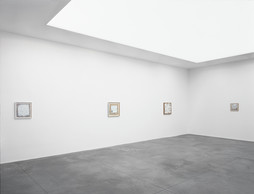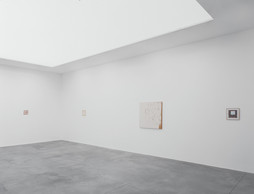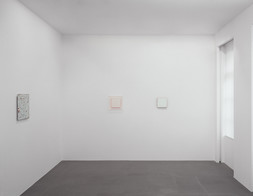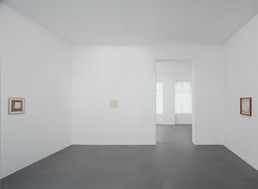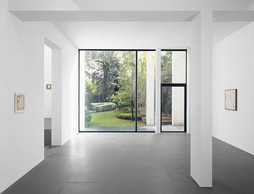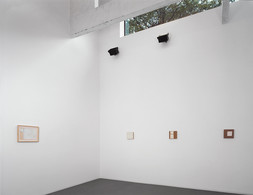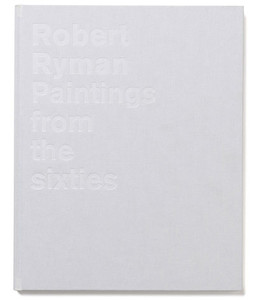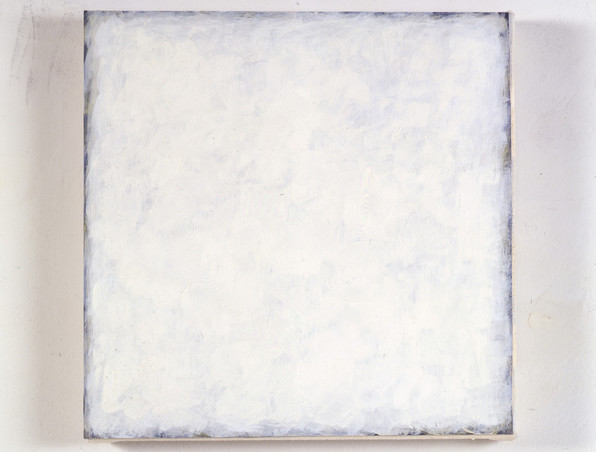Robert Ryman: Paintings from the sixties
14 September—2 December 2000
6 rue St-Georges | St-Jorisstraat
| 1 | / | 6 |
×
During the last twenty years, Robert Ryman has worked almost exclusively in the United States. Although the interest in his work has always remained very strong in Europe, his presence over here was limited to a very strict number of institutional exhibitions. This situation will change in September as Robert Ryman is preparing an exhibition at the Gallery Xavier Hufkens in Brussels. For this project, the artist has selected about 20 paintings of the early sixties out of his personal collection. None of these works have ever left his studio.
In the beginning of the sixties, the paintings by Robert Ryman caused astonishment because off their extreme emphasis on physicality. Ryman has always been convinced that a painting’s validity was to be found in its intense physical presence and not in external values like content or symbolics. Characteristically, Ryman calls his art “realism”. He says that his works do not only proceed from everything which is visible but that they make visible everything which determines them. By means of some very neutral elements : white paint and the format of the square, he creates a very subtle and remarkably differentiated interplay of the material components : support, ground, paint, application, brush, hanging method and not to forget light and space.
For Ryman, a work cannot be finished until it is installed in a room and the light reveals all its details. The final goal for the artist lies in sublimating the painting through the sensitizing of perception. In the process of achieving this, the predominant presence of the white paint plays an important role. Through its particular sensitivity to light, the color white, permits all the details and nuances to gain presence of an equal footing and, at the same time, excludes any immediate psychological reactions. Thus Ryman would never call his works monochromatic nor minimal. The presence of the subtle painter’s touch implicates a personal approach that does not uphold the complete objectivity of the applied categories.
